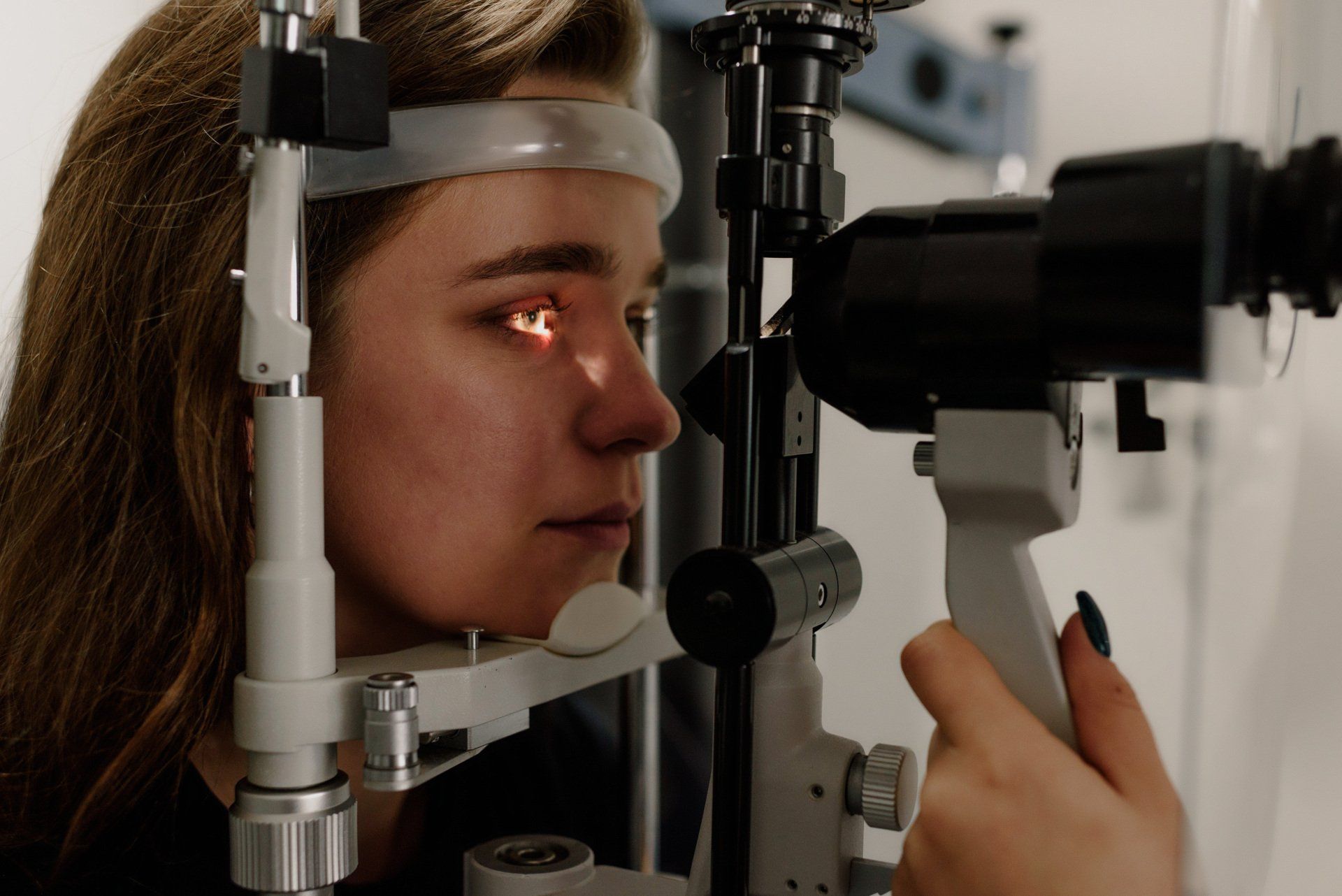Understanding Glaucoma: Shedding Light on Vision Loss

Vision is one of our most precious senses, yet conditions like glaucoma pose a significant threat to it. January is Glaucoma Awareness Month—a time dedicated to educating individuals on the disease.
What is Glaucoma?
Glaucoma refers to a group of eye diseases that damage the optic nerve, usually due to increased pressure within the eye. It often develops slowly and without noticeable symptoms in its early stages, earning it the nickname "the silent thief of sight." If left untreated, glaucoma can result in irreversible vision loss and even blindness.
Types of Glaucoma
There are several types of glaucoma, but the two primary categories are open-angle and angle-closure glaucoma. Open-angle glaucoma, the most common type, develops gradually and is often painless. Angle-closure glaucoma, on the other hand, occurs suddenly and requires immediate medical attention due to its rapid progression.
Risk Factors
While anyone can develop glaucoma, certain factors may increase the risk:
1. Age: Individuals over 60 are at higher risk.
2. Family History: Genetics play a role in some types of glaucoma.
3. Medical Conditions: Diabetes, high blood pressure, and heart disease may elevate the risk.
4. Eye Conditions: Severe nearsightedness, eye injuries, and thin corneas may increase risk.
Symptoms and Diagnosis
Early glaucoma typically doesn't exhibit noticeable symptoms, making regular eye exams crucial for early detection. As the condition progresses, symptoms may include peripheral vision loss, tunnel vision, eye pain, blurred vision, and seeing halos around lights.
Diagnosis often involves comprehensive eye exams that measure intraocular pressure, examine the optic nerve, assess peripheral vision (visual field tests), and sometimes utilize imaging tests like OCTs (Optical coherence tomography).
Treatment and Management
Although there's no cure for glaucoma, early detection and treatment can help slow its progression and prevent further vision loss. Treatment options include prescription eye drops, oral medications, laser therapy, and surgical procedures. The surgeons at Talley Eye Institute utilize a range of glaucoma treatments, to include the latest in minimally invasive glaucoma surgery (MIGS) and treatment technologies. Learn more about glaucoma and treatment options here: https://www.talleyeyeinstitute.com/glaucoma
Education about glaucoma is crucial in preventing vision loss. Regular eye check-ups, especially for individuals over 40 or those with risk factors, can aid in early detection.













